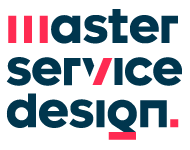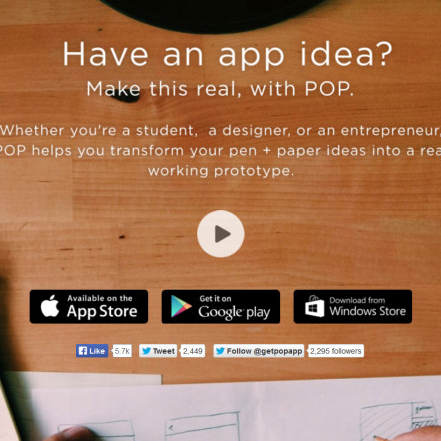Recently, I had the chance to read an interesting article of IDEO LABS about digital tools for design research that can inspire and help developing consistent human-centered approach in projects. The aim is always to try to understand real people in their real worlds, during their everyday lives.
Of course there are different approaches to do so, some more “analog” and some more “digital”, some “physical” and some “intellectual”, some more “anthropological” and some more “sociological”. The point is that design research is a broad process that has to be redefined every time, at every step. And that it is not efficient too choose one method over another, but it’s preferable to experiment and integrate diverse methods to help paint a more coherent picture of people’s lives.
In particular, speaking about digital methods, I think they enhance design research in different ways.
First digital tools allow to connect with more people, over greater geographic distance. Although “more” doesn’t necessarily mean “better” (qualitative vs quantitative) digital methods can help us be more diverse in our research across any number of dimensions (not simply demographic ones). They ensure broad scale analysis and diversity.
Digital tools also increase flexibility in terms of time and way of interacting. They allow participants to engage in research on their own conditions and they also open up the possibility of quicker feedback loops, to glean insight as part of an ongoing conversation.
Last but not least, I think more ways you can understand a person, the better a picture of them you can get. This means you should not treat people as “research subjects” (especially during inspirational moments more than while working on a concrete defined project) but approach them like active participants in a project (that’s also why I’m in love with participatory design). In this way the research phase skip from the “few-weeks” beginning step of a project to a continuous attitude and a designer’s mind set.
Going from theoretical to practical, I tried to explore some of the tools suggested in the article, just to have a general idea of how I could “feel” about them and how use them in reality. I’m going to underline three of them that I really appreciate for their effectiveness and usefulness.
The first is Typeform – ask awesomely, that is a fantastic way to build visually rich, human-centered surveys. The highly visual and engaging nature of Typeform makes it ideal for inspiration: I have never thought so deeply on the fact that HOW you engage people (personally or digitally) could effect so much the results of your insights.
Another one is Ethnio, a fantastic way to recruit people who are actual users of a site or app right in the moment of use. Using a screening survey, you can qualify participants, schedule interviews, or direct users to online surveys. The service is based on the simple but extremely true idea that “the exact moment when your user interact with your product is the most valuable opportunity for research”. Nice one.
Than there is Revelation Global, a feature-rich qualitative research platforms that provides an app for remote diary studies that let participants upload videos, photos, or text. It also has web interfaces that allow researchers to engage directly with participants or participants to engage with each other. It also has tools to help you analyze all the material you gather that enables companies to understand the ground truth of their customer experiences.
Of course there is the well-known POP – Prototyping on Paper (that I tried for real), one of the easiest ways for design-minded researchers to get feedback on early mobile concepts.
The last one is Mural.ly – Visual Collaboration for Creative People that solve the problem for interdisciplinary teams that collaborate remotely. If you need something to help you collect information in one place so that you could organize your thoughts, but also to share what is inside your head with your team in a space where they could give feedback and we could get things moving, Mural.ly is the solution.
I’ve always appreciated lists of tools with which I could “play around” in the moment of need, so I hope this one can be useful too.

